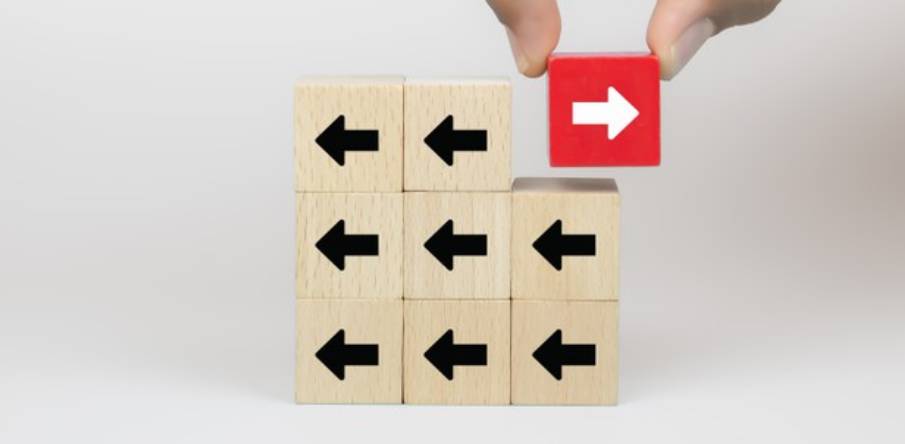
Transform your coaching programmes into coevolution
November 3rd, 2021 Posted by Diego Agostini News 0 thoughts on “Transform your coaching programmes into coevolution”One of the greatest breakthroughs in my coaching practise has been the transition from simply working with a coachee to creating a system that works for them.
Traditionally, a coach is hired to establish a productive relationship with one person and help them to improve their ability, attitude and/or skills. The process is very well known: the coach works on self awareness in order to facilitate a change. The coach supports the coachee in finding the best way to solve problems and grow.
I have always felt that something more could be done. For me, the key is not seeing our coaching activity as directed to that one person only, but instead considering that person inside a larger system. In other words, we can include other people in the coaching process specifically to help the process itself.
A coaching programme usually starts with one or more stakeholders giving their view about the coachee’s expected change. By “stakeholders” I mean people that are impacting for some reasons on the coachee’s career. Typically, I involve the direct manager, the HR business partner, the person who sponsored the initiative (frequently the manager’s manager) and/or the HR Director. So yes, one of my programmes can have onboard up to four people as well as the coachee and coach. I organise three meetings with the coachee and stakeholders together, at each of the key moments of the coaching path: kick off (beginning), mid check (middle) and wrap up (end).
Is the presence of the stakeholders enough to increase the value of a coaching programme? Well, no. Without them the programme would have no organisational direction and the risk of failure is really high. However, involving them is not a guarantee of excellence. It’s actually the way stakeholders are involved that makes the difference.
Often, stakeholders assume a passive position. They feel involved in a sort of space “outside” the program and they get called to give their point of view and advice, but they don’t usually feel like they are an active part of it.
I feel I improved both my coaching skills and my results when I started seeing things differently and making stakeholders feel more responsible for the process. Now, I work hard to ensure their engagement during the kick off and make them feeling part of the coachee’s work on personal improvement and success. I’m clear with them: they are not spectators, but actors in the process.
They are not there to just express their opinion and evaluate results but they are a key part of the process and the results. How do I do this? First of all, preparing the ground with individual calls. Secondly, by agreeing that both stakeholders and coach should provide open, useful feedback in order to plan and deliver the coaching work effectively, and committing to do this for the duration of the program. Thirdly, by being open in sharing their perceptions with the coachee about improvement, setbacks and opportunities, while the coaching is still in progress. This means that I’m working with a system rather than with a single person.
I define this process with a term I’m borrowing from biology: coevolution. Coevolution is a process of evolutionary change that occurs between pairs of species or among groups, as they interact with one another and facilitate their evolution. By taking a coevolution approach to coaching programmes, the added value for all the people involved and the benefits for the organisation are huge.













